Color blocking is a popular trend in interior home design that involves using bold and contrasting colors to create a visually striking space. This technique can be applied to walls, furniture, and decor, adding a vibrant and energetic feel to any room.
From minimalist to maximalist styles, color blocking can be personalized to fit any design aesthetic. In this article, we will explore the history of color blocking, its benefits, and provide tips on how to incorporate it into your own home design.
What is Color Blocking?
Color blocking is a popular interior design technique that involves using contrasting colors in a space to create a bold and visually striking effect. This technique entails grouping together different colors in a way that creates a strong visual impact rather than blending them together. To achieve this effect, designers often use bright, bold colors that stand out from each other, such as red and blue or yellow and green.
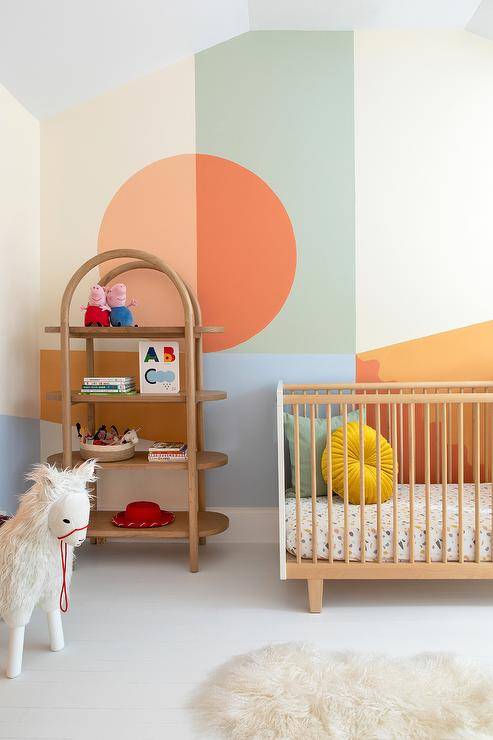
When it comes to home interior design, color blocking can be used in a variety of ways. One popular approach is to use color blocking on walls or furnishings, such as painting one wall in a bright, contrasting color or using bold, colorful pillows on a neutral-colored sofa. Another approach is to use color blocking in smaller details, such as through the use of decor items like vases, artwork, or rugs.
Here are five ways to use color blocking in your home decor:
Accent Walls
One of the easiest ways to incorporate color blocking in your decor is by using it on an accent wall. Choose a wall in a room that you want to draw attention to and paint it a bright and contrasting color. This will add depth and interest to the room.
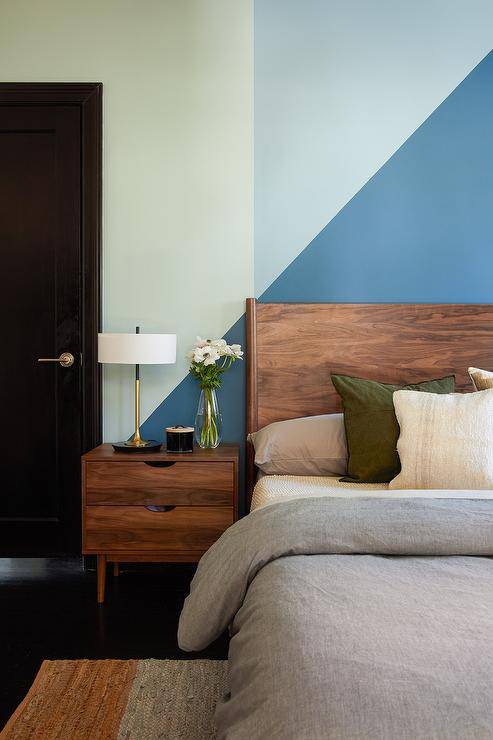
Furniture
Another way to incorporate color blocking is by using it on your furniture. For example, you could choose a sofa with contrasting cushions or a coffee table with a brightly colored base and a contrasting top. This will add a pop of color to your room without overwhelming it.
The back of a bookcase is a prime spot to do a little color blocking. Painting out the back in bold colors will add a bright pop to any space.
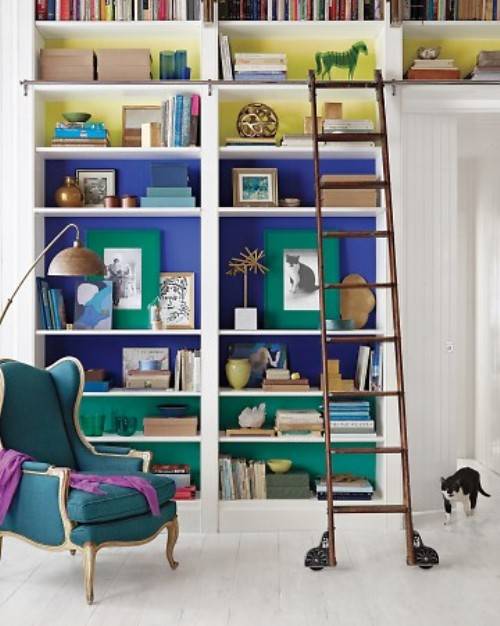
Accessories
You can also use color blocking in your accessories. For example, choose a rug with contrasting colors or a set of throw pillows with bold patterns and bright colors. This will add interest and texture to your room.
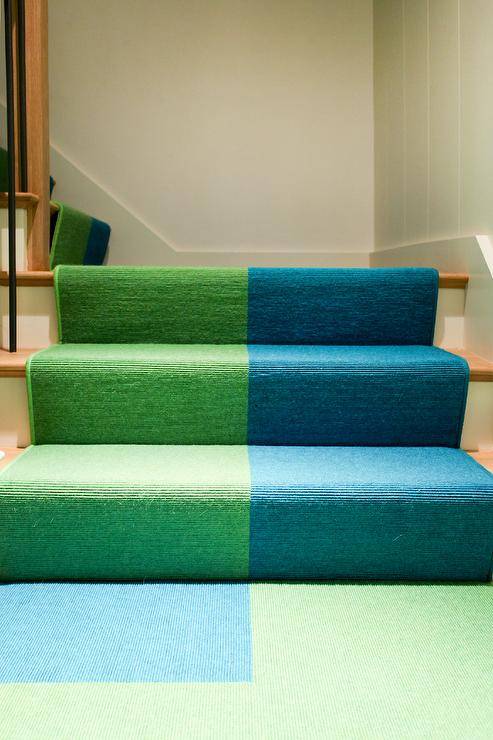
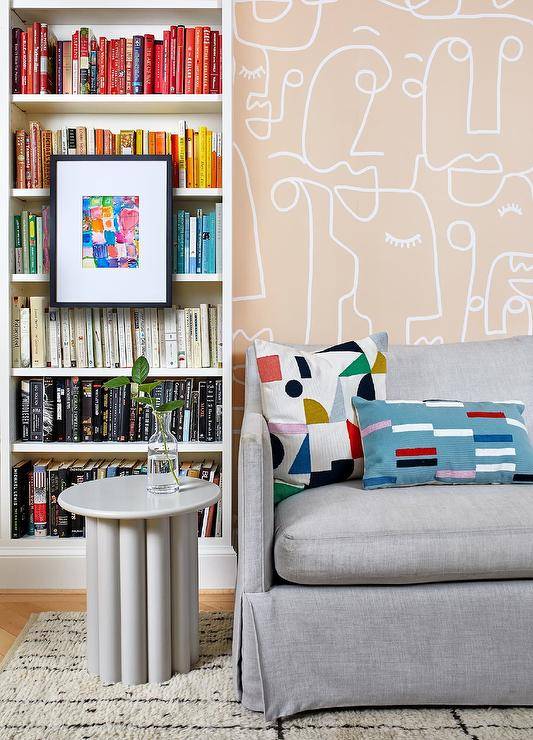
Artwork
Another way to use color blocking is through artwork. Choose a piece of art that features contrasting colors and hang it on a neutral-colored wall. This will create a focal point in the room and add interest.
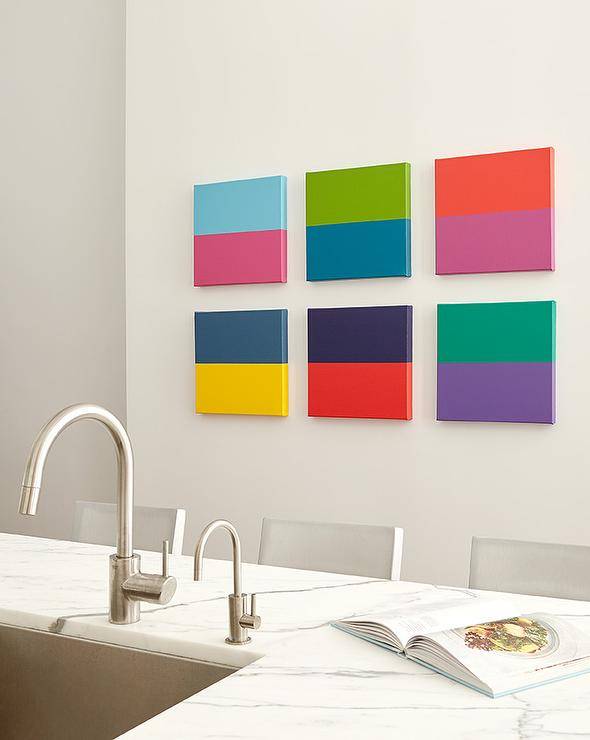
Fabrics
Finally, you can use color blocking in your fabrics. Choose curtains, tablecloths, or even bedding with contrasting colors and patterns. This will add a fun and playful element to your decor.
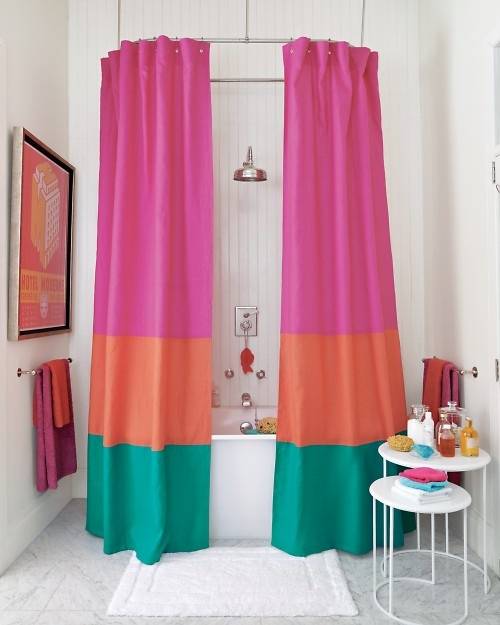
In conclusion, color blocking is a versatile and fun way to add interest to your home decor. Whether you choose to use it on your walls, furniture, accessories, artwork, or fabrics, this technique will add a pop of color and personality to your home. So go ahead and experiment with color blocking in your home!



